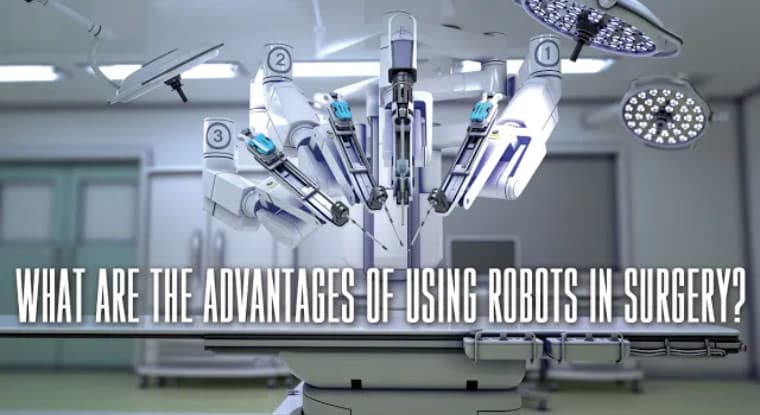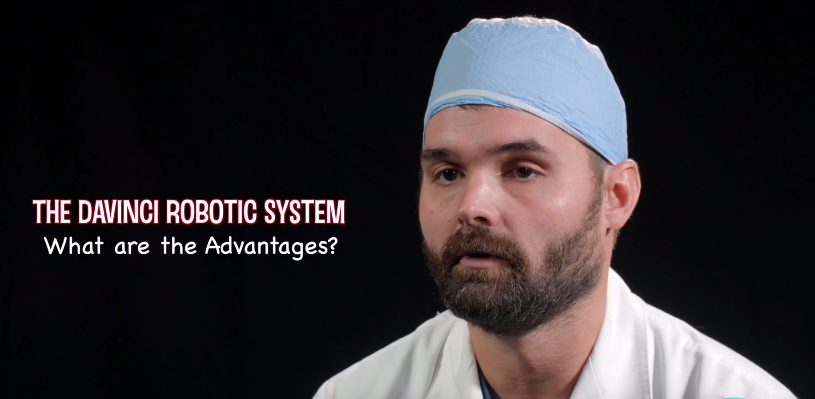The use of robots in surgery, also called robotic surgery or da Vinci surgery, is an impressive fusion of medicine and engineering that has transformed the medical field. It involves the use of miniaturized robotic instruments inserted into the body through a small incision and guided through the operation by a surgeon sitting at a console. It has brought the following advantages:
1. Increased visibility and precision
The surgeon views the entire anatomy, with specific focus on the surgical site, through a 3D high definition camera. This means even the smallest blood vessels are visible and the surgeon can follow the movement of the instruments with pinpoint accuracy. The surgeon has a clear view of what they are working on and the incidence of human error is cut down dramatically. The smaller instruments also can access tight spots that otherwise would be impossible or extremely difficult for a surgeon to reach.
2. It is a minimally invasive procedure
The incisions made in robotic surgery are only done to accommodate the tiny instruments. There is a world of difference between this procedure and open surgery where a surgeon has to make large incisions on skin and sometimes even cut through muscle to reach the surgical site. The minimally invasive nature of robotic surgery means numerous additional benefits, such as:
a. It causes only a little bleeding;
b. It results in minimal scarring;
c. The patient requires a short recovery period;
d. The patient suffers less pain and physical discomfort, both during and e. after the surgery;
f. There is a very small chance of post-surgery infections;
g. Overall there is less surgical trauma; and
h. There is a rapid return to normal everyday activities.
3. It is less strenuous on surgeons
Most surgeries take two to three hours but complex procedures go on for longer. Surgeons must stay sharp and focused, and in the case of open surgeries, on their feet for as long as the surgery takes. It is only fair to expect that they might suffer from fatigue. In robotic surgery, the surgeon sits can view the anatomy of the patient and control the surgical instruments while sitting at a console. This is definitely easier on the surgeon, who should be able to better maintain better concentration during long surgeries. It also makes it less likely for a mistake to occur.
Robotic surgery is available for almost all surgical procedures. A patient should see a specialist to discuss the applicability of robotic surgery to his or her case. For prostate, kidney and other urinary system problems for instance, the highly specialized urologists and doctors at Advanced Urology Institute can help you with a diagnosis as well as explain the best procedures for you, including robotic surgery. For more information about robotic surgery, visit the “Advanced Urology Institute” site.




